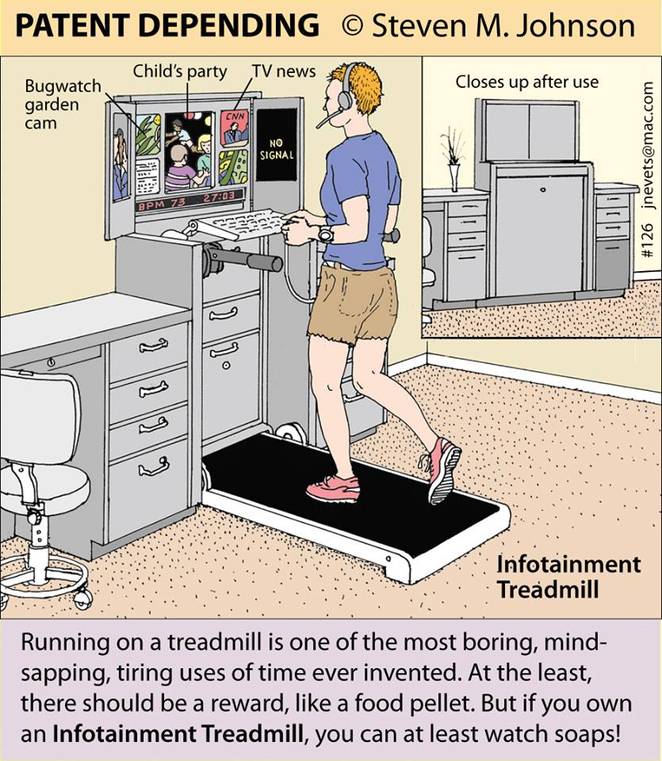
The Health and Well-being boom seems to be influencing every industry at the moment and it’s no surprise that this also includes the real estate sector. This is especially relevant to office buildings where more and more employers want to ensure that they are providing a healthy workplace. The trend is growing as it is seen as an important way to attract and retain staff and also to increase productivity by decreasing sick leave.
Building design
A recent article in the Guardian discussed this trend in the context of the Dutch office market and focused on the ability of certain office designs to reduce the risk of employee burnout. So the question everyone is asking is: how do you design a building to be healthy?
The Amsterdam-based design studio, D/DOCK, has identified 10 indicators which together make up their healing office concept. The indicators include indoor climate, daylight, physical activity, healthy food, diversity and nature. D/DOCK believe that if these elements are improved, then sick leave can be reduced by up to 30% and productivity can be improved by up to 20%. They also claim that the end result is a longer life expectancy for employees as they spend such a large proportion of their time in the workplace.
So from a building design point of view this means greater focus on indoor air quality and maximising daylight. It means healthier food in the restaurants and a greater focus on encouraging more activity while at work. This could be as simple as encouraging people to take the stairs instead of the elevator or the emergence of treadmills under our desks!
WELL Building Standard
Guidance on how to design healthy buildings can also be found in the WELL building standard. In October 2014, the international WELL building institute launched the world’s first standard that focuses exclusively on improving human health and well-being through the built environment.
The purpose is to measure, certify and monitor the performance of building features that impact health and well-being. It focuses 105 criteria which includes traditional design measures such as internal conditions and daylight but also food, activity, safety and many more.
Real-time monitoring
Another industry area that is commanding attention is the real-time monitoring of workplace activity. This is being driven by HealthTech such as wearable devices or smartphone apps which gives the user real-time feedback on daily targets such as the number of steps taken that day.
In the US most of the large health insurers have or are about to offer discounts to employees using these kinds of devices. While, in Finland, LähiTapiola insurance group have announced a pilot to offer discounted health insurance to people who use the Wellmo app. In one US study more than 20,000 people chose to wear activity tracking devices at work and after 2 years the organisers claim that the fitness tracker group had 59% lower healthcare costs than their colleagues without trackers. Another study using fitbits claimed an average of 25% less per person in healthcare costs than a control group.
We at Granlud are also committed to delivering healthy buildings so if you are interested in anything from daylight modelling to WELL certification then let us know!

